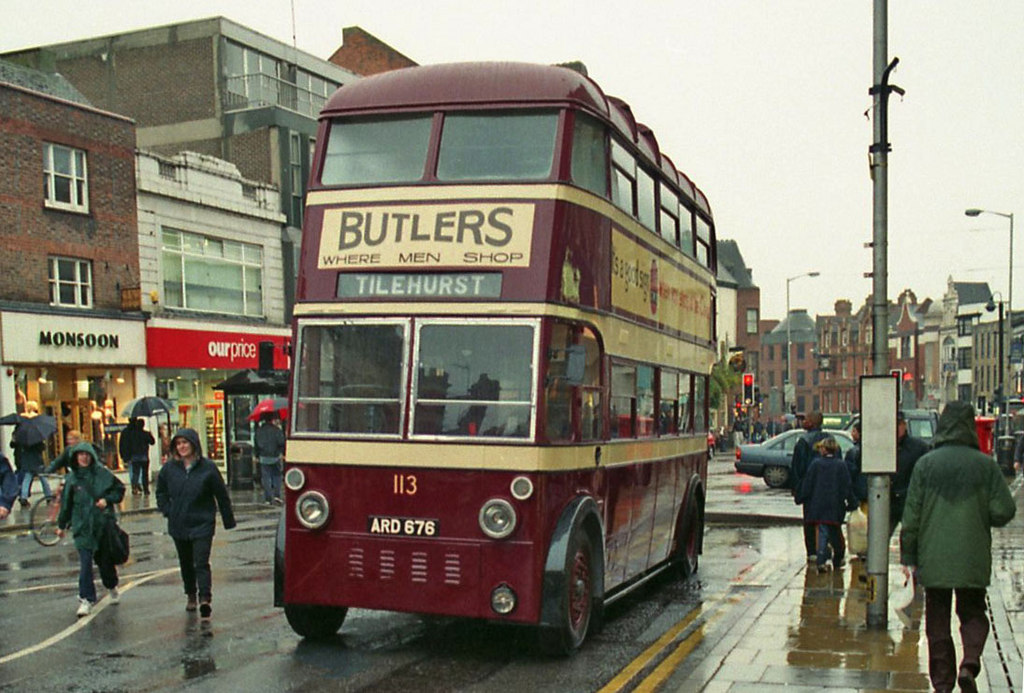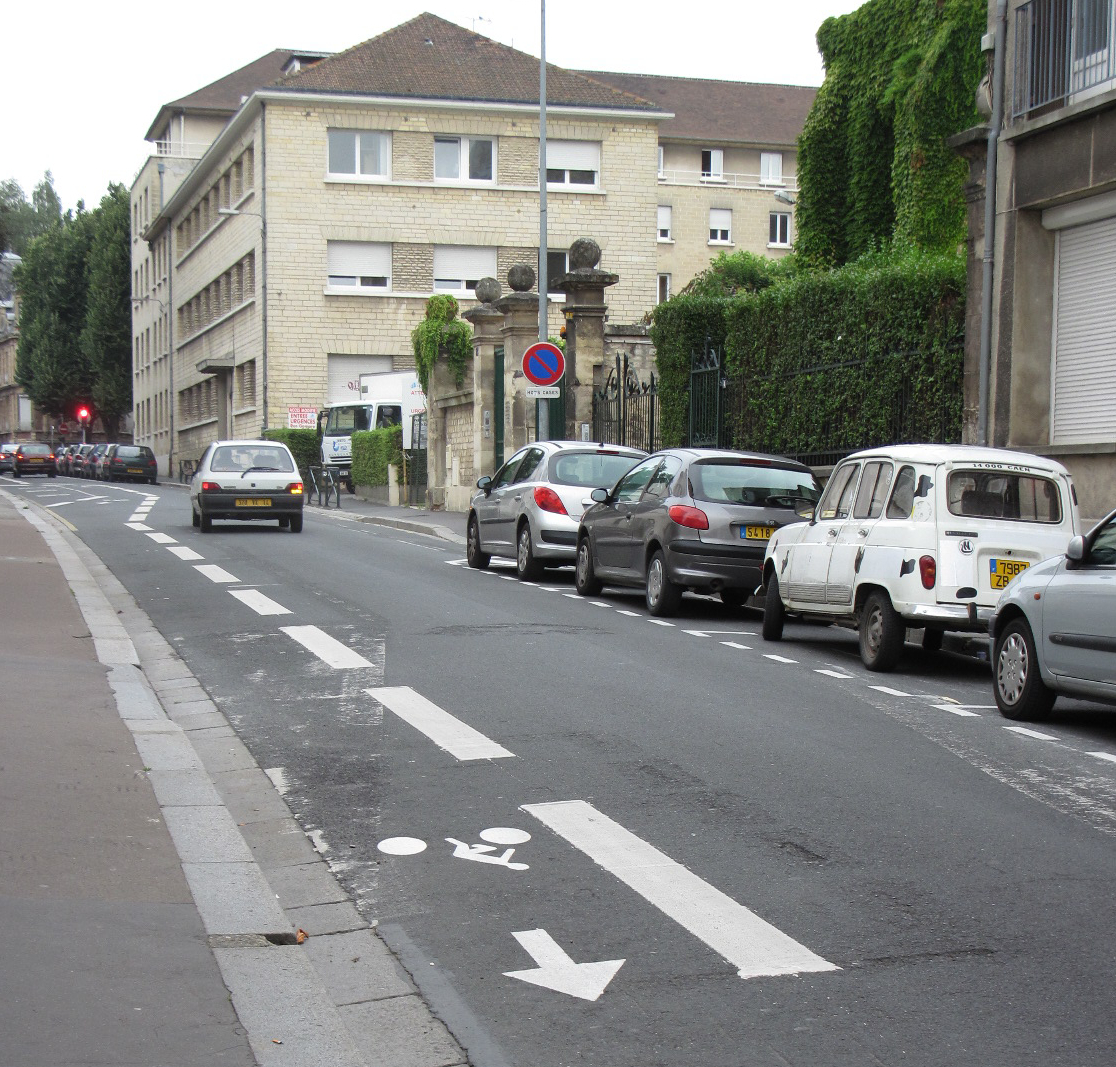|
Trolleybuses In Reading
The Reading trolleybus system served the town of Reading in the English county of Berkshire and was owned by Reading Corporation, who had operated an electric tramway since 1901. As there was a need for major refurbishment of the tramway in the 1930s, they decided to replace it with a trolleybus network. The first route was converted on , and by mid 1939, trolleybuses were running over most of the tramway routes, with the last tram running on 20 May. By the standards of the various now-defunct trolleybus systems in the United Kingdom, the Reading system was a moderately sized one, with a total of four routes, and a maximum fleet of 63 trolleybuses, a size that lasted from 1 December 1950 to 27 March 1952. Reading saw a large increase in population during the Second World War, and extra vehicles were obtained to meet the demands for transport. During this period, all of the termini were given new non-geographical names, in case there was an invasion, but most were reverted when h ... [...More Info...] [...Related Items...] OR: [Wikipedia] [Google] [Baidu] |
Park Royal Vehicles
Park Royal Vehicles was one of Britain's leading coachbuilders and bus manufacturers, based at Park Royal, Abbey Road, in west London. With origins dating back to 1889, the company also had a Leeds-based subsidiary, Charles H. Roe. Labour problems and slowness of production led to its closure in 1980.Ron Phillips. ''A History of the Leyland Bus'', Crowood Press, Ramsbury 2015. Associated Commercial Vehicles Associated with AEC from the 1930s in 1949 it became part of Associated Commercial Vehicles Ltd., which included AEC (the chassis manufacturer). This formidable combination of AEC and PRV supported the demanding requirements of London Transport and many other major fleet owners and operators. The famous AEC Routemaster bus was built at Park Royal. Leyland Motors In 1962 the ACV Group merged with the Leyland Motors group to form Leyland Motor Corporation. In 1968 Leyland Motor Corporation and British Motor Holdings merged, becoming British Leyland Motor Corporation. BL ... [...More Info...] [...Related Items...] OR: [Wikipedia] [Google] [Baidu] |
Ipswich
Ipswich () is a port town and borough in Suffolk, England, of which it is the county town. The town is located in East Anglia about away from the mouth of the River Orwell and the North Sea. Ipswich is both on the Great Eastern Main Line railway and the A12 road; it is north-east of London, east-southeast of Cambridge and south of Norwich. Ipswich is surrounded by two Areas of Outstanding Natural Beauty (AONB): Suffolk Coast and Heaths and Dedham Vale. Ipswich's modern name is derived from the medieval name ''Gippeswic'', probably taken either from an Anglo-Saxon personal name or from an earlier name given to the Orwell Estuary (although possibly unrelated to the name of the River Gipping). It has also been known as ''Gyppewicus'' and ''Yppswyche''. The town has been continuously occupied since the Saxon period, and is contested to be one of the oldest towns in the United Kingdom.Hills, Catherine"England's Oldest Town" Retrieved 2 August 2015. Ipswich was a settleme ... [...More Info...] [...Related Items...] OR: [Wikipedia] [Google] [Baidu] |
Blackpool
Blackpool is a seaside resort in Lancashire, England. Located on the North West England, northwest coast of England, it is the main settlement within the Borough of Blackpool, borough also called Blackpool. The town is by the Irish Sea, between the River Ribble, Ribble and River Wyre, Wyre rivers, and is north of Liverpool and northwest of Manchester. At the 2011 United Kingdom census, 2011 census, the Unitary authorities of England, unitary authority of Blackpool had an estimated population of 139,720 while the urban settlement had a population of 147,663, making it the List of settlements in Lancashire by population, most populous settlement in Lancashire, and the fifth-most populous in North West England after Manchester, Liverpool, Bolton and Warrington. The Blackpool Urban Area, wider built-up area (which also includes additional settlements outside the unitary authority) had a population of 239,409, making it the fifth-most populous urban area in the North West after t ... [...More Info...] [...Related Items...] OR: [Wikipedia] [Google] [Baidu] |
Contraflow Lane
In transport engineering nomenclature, a counterflow lane or contraflow lane is a lane in which traffic flows in the opposite direction of the surrounding lanes. Contraflow lanes are often used for bicycles or bus rapid transit on what are otherwise one-way streets. In a sample configuration for buses, a street might have four lanes: the outermost lanes are reserved for buses in both directions, while the center two lanes are available for general traffic in only one direction. Thus, the street functions as two-way for buses, but one-way for all other vehicles. In certain situations, reversible lanes will be contraflow for a portion of the day. The Lincoln Tunnel XBL to the Lincoln Tunnel is a contraflow exclusive bus lane for buses during the morning peak period. The XBL lane is fed by the New Jersey Turnpike at Exits 16E and 17, and New Jersey Route 3. The helix, tunnel, and terminal are owned and operated by the Port Authority of New York and New Jersey, the bi-s ... [...More Info...] [...Related Items...] OR: [Wikipedia] [Google] [Baidu] |
Commercial Motor
''Commercial Motor'' is a weekly magazine serving the road transport industry in the United Kingdom. Founded in 1905 by Edmund Dangerfield, it is notable for having been "the first journal to be devoted exclusively to the commercial vehicle engaged in the conveyance of goods or in passenger carrying". Originally named ''The Commercial Motor'', the title was shortened to ''Commercial Motor'' for the first issue of 1966. The publication is commonly referred to as 'CM' by its readers and editorial staff. ''Commercial Motor'' was initially published by Temple Press and since 2011 it has been published by Road Transport Media. Launch ''The Commercial Motor'' was launched in March 1905 by Temple Press. In the leader of the first issue it described itself as a "missionary and educative medium". For the first issue on 16 March, 20,000 copies were issued "in Britain and other countries, with the hope that the normal weekly circulation would be at least 5,000". Composition The content ... [...More Info...] [...Related Items...] OR: [Wikipedia] [Google] [Baidu] |
British Insulated Callender's Cables
British Insulated Callender's Cables (BICC) was a 20th-century British cable manufacturer and construction company, now renamed after its former subsidiary Balfour Beatty. It was formed from the merger of two long established cable firms, Callender's Cable & Construction Company and British Insulated Cables. History Callender's Cable & Construction Company Callender's Cable & Construction Company was founded by William Ormiston Callender in 1870. It was originally an importer and refiner of bitumen for road construction but began manufacturing insulated cables at their Erith site on the Thames in the 1880s. It played a significant role in construction of the British National Grid (Great Britain), National Grid in the 1930s building the 400 kV Thames Crossing#132 kV Thames Crossing, 132 kV crossing of the Thames at Dagenham with overhead cables spanning 3060 feet (932m) between two 487 ft (148m) towers, and allowing 250 ft (76m) clearance for shipping. Callender's resea ... [...More Info...] [...Related Items...] OR: [Wikipedia] [Google] [Baidu] |



